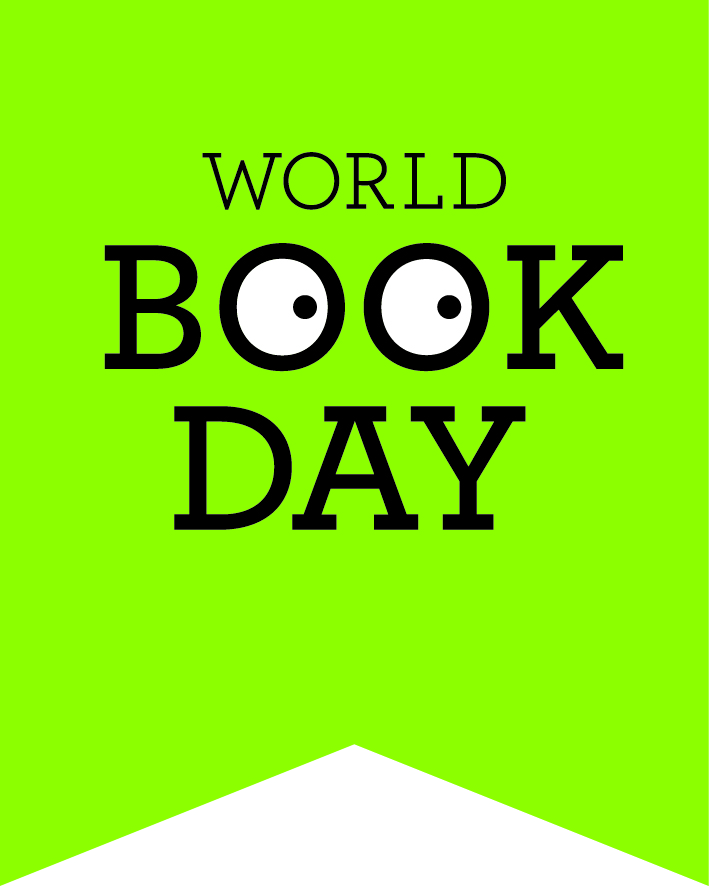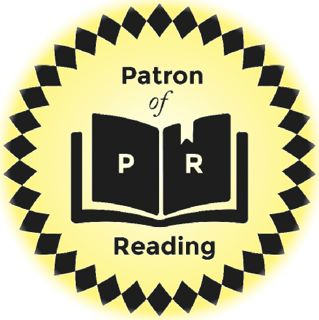
4. Writing the plan
The author's job
It's a promise I make ...
After I've done the research I write a plan* for the book.
This is what the plan for a non-fiction book is:
- A summary of the contents of the book.
- The summary shows the sequence or order of the book, from the first page to the last page.
- The summary is usually a list of headings with short descriptions to say what will be on each page or in each chapter.
- The summary can be written as sentences or as bullet points.
- Ideas for illustrations and photographs. These could be written descriptions, sketches, photocopies, computer scans, and so on.
I'm a visual writer. This means I imagine the finished pages – words and pictures – in my head right from the start. I try to put enough information into the plan to help the editor (and the designer, illustrator, photographer and picture researcher) see the book exactly as I've imagined it.
It might be hard to believe, but sometimes, the plan has more words in it than the actual book, as there is so much information that needs to be passed on to the other people in the team.

Make a mind map or spider diagram
Another way to make a plan for a book is to draw a mind map or spider diagram for it
A mind map is a quick way to put ideas down on paper. It's like a storyboard. It outlines the book by linking ideas together. Bit by bit, it builds up into a plan. I add ideas, move ideas around, or take ideas out that don't work.
After I've finished the plan I send it to the editor for them to check it's what they want for the book. If the editor doesn't like my ideas, or thinks there's a better order to put them in, or spots something I've missed out, then I revise the plan until we're both happy with it.
The plan becomes a memory-jogger for when I write the actual book – something to remind me of all the great ideas I've had.
Why plan?
I once met a boy who told me he thought writing a plan was boring. The conversation went like this:

Richard: [loud, clear voice] I'm writing a story about the Romans.
Me: That's great, Richard. How are you getting on with it?
Richard: [loud, clear voice] Really well – I've got all the way up to chapter 5!
Me: Is that the end of the story, Richard? Five chapters, no more?
Richard: [quieter voice] No, that's not the end.
Me: Oh, OK. Tell me, Richard, what happens in chapter 6?
What about chapter 8 ... or chapter 12?
Richard: [whispering] Er ... I don't know.
Question: Why didn't Richard know what to do next? Answer: He hadn't planned his story.
I'd found Richard out. He isn't the only young person I've met who thinks they can skip the plan, jump in at the deep end, and start to write. But, like Richard, if that happens you end up using your best ideas too soon, and then you get stuck and don't know what to do next.
I told Richard to think of a plan as a promise. It didn't sound so boring then. So, a plan is really a promise you make to yourself about what you are going to do in the future. The future could be later today, or tomorrow, next week, next term, and so on.
When the editor is happy with the plan, only then do I begin to write the book. I was once given a great piece of advice for writing a children's non-fiction book. You'll find out what it was on page 5.
* Another word for 'plan' is 'synopsis' (say: sin-op-siss). It comes from ancient Greek words meaning 'general view' or 'seeing together'.






